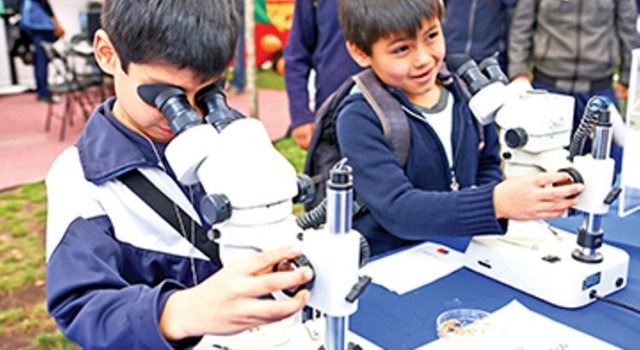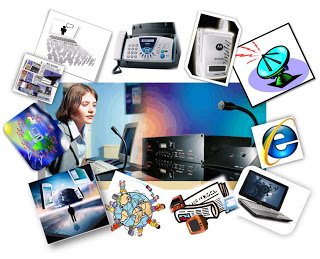We have said several times that the traditional school kept its fundamental truths in the books and the student acquired rigid types of knowledge or definitive truths from memory. Because what was transmitted was a static culture.

Fuente
What was learned remained valid for a long time. The amazing changes of our time do not take place: the sciences break their traditional divisions and crisscross their fields, a classical geometry (the term "classical" means that it is dictated in class) has been accompanied by others, something similar has happened with Logically, the political map of Africa has changed in ten years and continues to change, scientific truths are overcome with new ones..

What we have to transmit today moves and must be transmitted in movement. We live a dynamic culture whose characteristic is the great mobility of its truths. The attitude in a dynamic culture is to continue discovering always.
But previously the findings of culture and knowledge could be considered as stable and definitive. So much so that even relatively changing contents were taught rigidly.
¡How many of us have learned the number of inhabitants (which is changing) of a country, or the amount of cattle or the amount of oil extracted per year!
The static or stable culture, we could say that it makes sense until the last century. In our days, ten years are equivalent to a century of other times. What could be useful, memorizing a huge amount of data that is modified daily and that is otherwise achieved in any guide or reference book?
If man is thought of as behavior, as an intelligent activity and not as a deposit, it is much more important that he possesses:

-The ability or ability to discover or know how to find the data you need.
-A basic understanding of reality.
-It manages the principles and not the changing details.
-To be able to create a picture or schema interpreter of any reality that faces.
- That has the ability to decipher reality and not only repeat what others say.
-To be qualified, in short, for his own and permanent updating.
Source
In times of more static culture and with a shortage of books, these had an almost sacred value. The teacher was usually teacher-reader of a book.

Fuente
The consideration of knowledge as fixed also determines the split between child and adult. They usually linked schooling and learning with childhood. Because the adult had already grown, it was precisely the one who did not have to go to school, the one who had received that basic quota of knowledge and did not have to learn more. Being an adult was not having to learn more. There was no reason to continue learning. But this was valid for a static culture it is not anymore in our time.
In our times there is neither stasis nor scarcity of books and information media. Being the situation another in our times, a different conception of education tends to prevail.

Fuente
Today, the ability to continue learning and reactualize what has been learned and even forget what is unnecessary.
Informative Sources:
Text: Group Dynamics and Education. CIRIGLIANO-VILLAVERDE
https://rieoei.org/historico/jano/opinion33.htm
http://www.aulafacil.com/cursos/l6500/docencia/pedagogia/formador-de-formadores/metodos-didacticos-tipos-expositivo
http://www.monografias.com/trabajos16/educacion-tradicional/educacion-tradicional.shtml
good anecdote, things change for both the teacher and the apprentice on a daily basis, due to the updates of the information, for that reason teachers are forced to continue learning and continue teaching according to the current information.
Excellent publication.
Downvoting a post can decrease pending rewards and make it less visible. Common reasons:
Submit
Hi @nicomax, thank you for taking the time to read my post and comment. If it is very true, the teacher should update.
Downvoting a post can decrease pending rewards and make it less visible. Common reasons:
Submit
That good
Downvoting a post can decrease pending rewards and make it less visible. Common reasons:
Submit
thank you
Downvoting a post can decrease pending rewards and make it less visible. Common reasons:
Submit